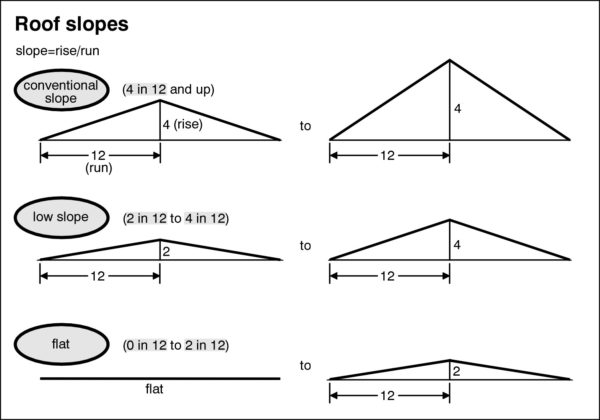Does a Home Inspector Walk a Roof?
While many Naperville clients have the expectation that every roof should be walked, a home inspector is not required to walk a roof. Most trade organizations, national associations, and state statutes only require the inspector to identify the method used to inspect the roof. With multiple ways to inspect a roof, it’s truly up to the inspector to make that determination if walking a roof is required. In short, the answer to “Does a home inspector walk a roof?” can vary depending on the home and condition. Read on to learn more about the methods of roof inspection. We’ll also cover when to check your roof for leaks, how often to replace your roof shingles, and when you should get your roof replaced. Once you’re done reading, if you’d like a home inspector to take a look at your roof, reach out to your Chicagoland home inspection team, The BrickKicker!

How to Inspect a Roof
When it comes to how to inspect a roof, there is no one size fits all approach. Different situations can call for different techniques, such as the use of a drone. However, a trained inspector will be able to provide a thorough inspection, no matter their approach.
Ways to Inspect a Roof
- Walking a roof – Typically the easiest way to cause damage to it. If a roof has a significant slope, the walking of the roof will loosen the granules and potentially cause damage. What’s more, if the conditions are very hot, the roof will be extremely pliable, and if the conditions are cold, roof shingles will be brittle and easily damaged.
- Using a ladder – This is very effective for getting a bird’s eye view of the representative surface of the roof. The inspector can lift, bend, touch, and visually inspect the condition of the roof surface. The typical condition at the edge is consistent throughout the entire roof system.
- Second-floor window – Opening the window and physically touching the roof is similar to using a ladder at the roof’s edge.
- Drones – Flying the drone around the roof will certainly provide a bird’s eye view of the entire roof system, including the chimney, venting, flashing, and skylights.
- Long camera mounted pole – This places a camera high in the air and shows the entire upper areas of the roof and the roof systems without having to fly a drone or damage anything. The inspector does have to be careful around live electricity and lightning when using this approach.
How to Check Your Roof For Leaks
One thing you can do yourself if you dare venture out on your roof is to check your shingles now and then for leaks. This is a good way to prevent problems before they develop. To identify leaks, look for missing or deformed shingles. You can also look for roof leaks inside your house. If you notice water stains on the ceiling, patches of your interior walls that bulge, or musty smells inside your house, you might have a roof leak. To find out, go into your attic on a rainy day with a flashlight. Water is reflective, so you should be able to see it glimmer on the ceiling if there are any leaks.
When to Replace Your Roof
Now that you know about the different methods of roof inspection, let’s take a look at how often you should replace your roof shingles. If you have wood shingles, replace them every 20-25 years. If you have:
- Composite Shingles, replace every 12-20 years
- Asphalt Shingles, replace every 15-30 years
- Rubber Roofing, replace every 30-50 years
- Metal Roofing, replace every 50-75 years
Schedule a Roof Inspection With The BrickKicker
Now that you know about the different methods of roof inspection, when to replace your roof, how to check your roof for leaks, and how often to replace your roof shingles, if you’d like an inspector to evaluate the roof of your Aurora or Lisle home, reach out to The BrickerKicker. The inspector’s responsibility is to work hard for every client and provide the best inspection possible. At The BrickKicker, we’ll use whatever method is required to provide a high-quality inspection without damaging your roof. Just give us a call at (800) 821-1820 to book your appointment, and don’t forget to explore our blog for other helpful reads, including our overview of chimney inspection considerations and more!